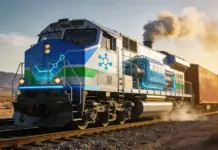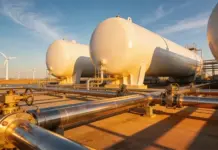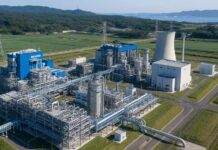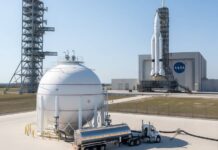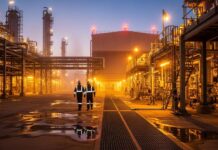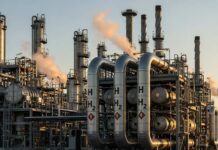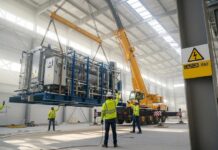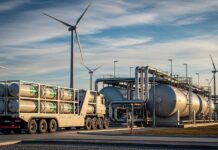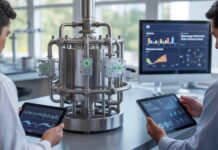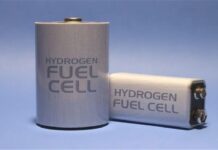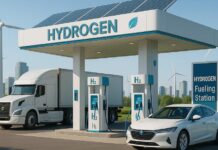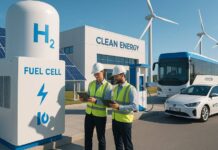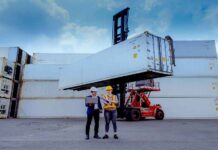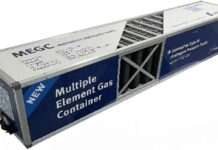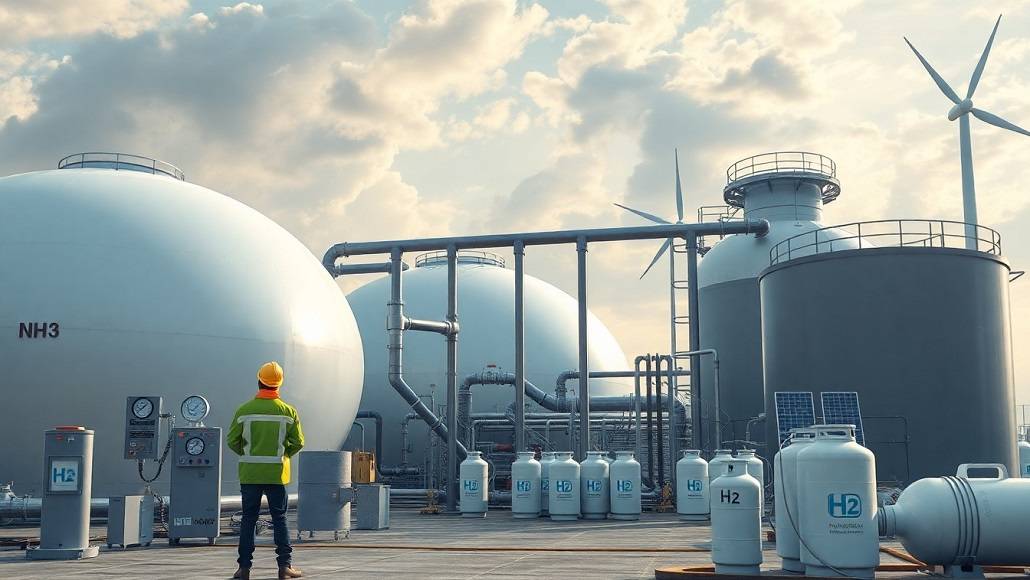As the world ramps up efforts to decarbonise industry, energy, and transport, the hydrogen economy is emerging as a promising route to a less carbon-intensive future. But the supply chain challenge of storing and transporting hydrogen—a notoriously light and reactive gas—is still a daunting hurdle that risks undermining both the scale and cost of hydrogen deployment. In this respect, ammonia cracking—a new route to less expensive hydrogen—is being a game-changing solution, which will redefine world energy supply chains and release the full market potential of hydrogen.
Why Ammonia Matters in the Hydrogen Economy
In the heart of the promise is ammonia (NH₃), a three-hydrogen-and-one-nitrogen molecule. Ammonia is already a chemical that is internationally traded, mainly for use in the production of fertilisers, in quantities over 180 million tonnes per year. It is its benefit for the hydrogen transition, though, that lies in its greater volumetric energy density over liquid hydrogen and that it can be liquefied at a relatively moderate -33°C, as opposed to hydrogen’s extremely low -253°C. These characteristics render ammonia a convenient and economical carrier of hydrogen, especially for long-distance, intercontinental energy exchange.
While nations like Japan, South Korea, and Germany try to bring in clean hydrogen from resource-advantaged countries like Australia and Chile, the preferred vector has become ammonia. It can be made from renewable energy, shipped or piped over long distances on existing infrastructure, and then “cracked”—re-separated back into hydrogen and nitrogen where it is to be used. Up until now, though, cracking ammonia has been energy-intensive and expensive, and its competitiveness was constrained by that. That is quickly altering.
The Engineering and Science of Ammonia Cracking
Ammonia cracking is the process of heating NH₃ to high temperatures, often between 500°C to 700°C, in the presence of a catalyst, to produce nitrogen and hydrogen (2NH₃ → N₂ + 3H₂). Traditionally, ammonia cracking has used precious metal catalysts, like ruthenium, and involved high energy input, both of which limited the economic competitiveness of hydrogen obtained from ammonia.
Recent breakthroughs in ammonia cracking are essentially turning this paradigm on its head. Scientists are creating new catalysts from less expensive and more accessible materials like iron, cobalt, and nickel and designing reactors optimised for the highest efficiency and smallest size. A number of groups have managed to decrease the operating temperature for efficient ammonia cracking, which dramatically minimises energy use and operating expenses. For example, collaborations between educational institutions and businesses in Asia and Europe have shown pilot reactors with novel catalyst formulations that operate effectively at temperatures as low as 400°C.
In addition, heat recovery integration and intelligent process design, like membrane reactors that separate hydrogen in situ, have facilitated yield and efficiency improvement further. Such improvements not only make the process more economical but also provide higher purity of the produced hydrogen, which is imperative for uses like fuel cells in mobility and grid-scale energy.
Commercialization and Market Impact
The transition from lab innovation to commercial rollout has already begun. Companies like thyssenkrupp are constructing or planning modular ammonia cracking facilities for on-site conversion at ports, industrial clusters, and even distributed filling stations. These reactor containers allow end-users to purchase hydrogen on demand without requiring large-scale cryogenic storage or high-pressure hydrogen transport infrastructure.
Australia, with its rich renewable resources, is heavily investing in green ammonia manufacturing factories, aiming for export to Europe and Asia. Japan and Germany are piloting full value chains, from renewable electricity and synthesis of ammonia to shipping, cracking, and final application in power generation or transport.
Market analysis, such as that of the International Renewable Energy Agency (IRENA), indicates that hydrogen supplied through ammonia may be cost-competitive by 2030, and could come in at around $2 per kilogram if innovations in low-cost renewable hydrogen and efficient ammonia cracking continue to improve. This would make ammonia-cracked hydrogen a cornerstone of the world’s energy transition, particularly for applications where direct electrification is impractical.
Environmental and Strategic Benefits
Advances in ammonia cracking, a new avenue to lower-cost hydrogen, are not purely economic in nature—they are also strategic and environmental advantages. Employing ammonia as a carrier for hydrogen avoids some of the leakage and flammability risks involved with high-pressure hydrogen storage. Ammonia’s well-developed international shipping networks and handling procedures also minimise the obstacles to increased global hydrogen trade.
From a climatic point of view, if the ammonia is produced with the aid of renewable power (producing “green ammonia”), the entire chain of renewable electricity to ammonia to hydrogen can be nearly carbon-free.
Technical and Regulatory Challenges
Although great strides have been made, challenges persist. Trace amounts of unreduced ammonia in the cracked hydrogen can contaminate fuel cells, calling for improvements in purification technology. Safety throughout the logistics chain is also important because, although less flammable than hydrogen, ammonia is toxic and must be handled with care. Green ammonia production, certification, and end-use standards will be essential internationally to establish trust and interoperability in a global market.
In addition, the scaling of progress in ammonia cracking is contingent upon ongoing policy support and investment in demonstration plants. The generation of market signals for low-carbon hydrogen, including carbon pricing and green fuel targets, will speed up commercialisation and push costs lower.
Conclusion
The clean hydrogen landscape is shifting fast, and developments in ammonia cracking as a new route to lower-cost hydrogen are leading the way. Through their ability to transform hydrogen storage, transport, and availability, these technologies are breaking down traditional barriers and opening doors to a robust, worldwide hydrogen economy. As pilot plants continue to scale up to commercial production and ammonia cracking technology advances, the vision of low-cost, green hydrogen, which is accessible everywhere at any shift, from the horizon line to the present day. The moment for policymakers, investors, and energy leaders is now to scale and deploy these technologies, which are a bridge to a sustainable, secure, and decarbonised future.

